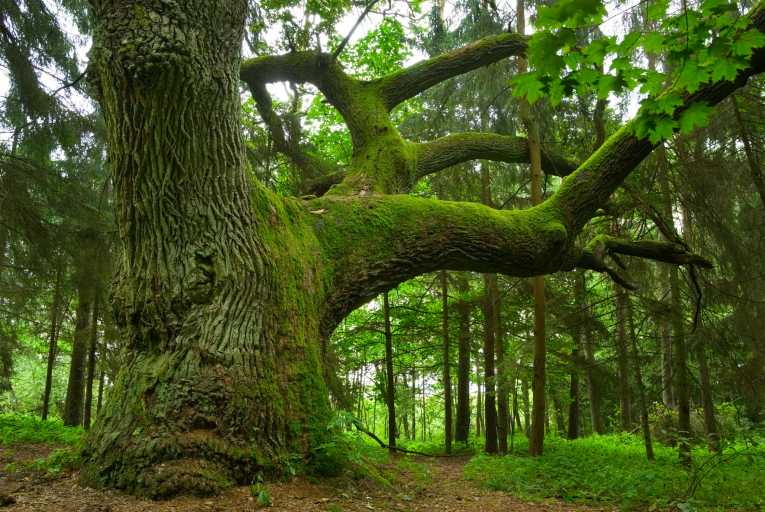Trees are a good thing for the environment right? Well, yes, but replacing old with new is bad news for a multitude of creatures that rely on the ravages of time to help them make a home in the trees.
A study from the University of British Columbia found more than 1,000 species of birds and mammals who love to live in wood but don't have the powers to make their own holes to nest in.
The study, published this month in the journal Frontiers in Ecology and the Environment by a team led by Kathy Martin, travelled round the world to survey the habits of tree dwelling creatures.
We're all familiar with the jackhammer beak of the woodpecker, but, the bird is almost unique in its hole cutting skills, most animals and birds that live in trees rely on nature to do the job for them, with more than 75 per cent of tree nesting holes formed naturally.
"When wildlife depends on decay-formed cavities, they are relying on large living trees," says Martin. "Most trees have to be more than 100 years old before decay cavities begin to form and often several centuries old before large cavities or many cavities develop in one tree."
The one place where the woodpecker does deserve a peck on the back is in North America, where the busy birds make up to 99 per cent of the nesting holes used by all birds and mammals.
Surveying more than 2,000 nesting sites in Canada, Poland and Argentina over a 15 year period to 2010, proved how valuable an old tree can be. Outside North America, they found that woodpecker made holes just didn't last long enough to support much nesting activity.
So while planting new trees is a good thing, Martin and her team are putting in a plea for the old men of the woods.
She said: "The value of these large living trees needs to be recognized and we need to ensure that a supply of these trees is retained especially in tropical forest systems where decay-formed tree holes last for many years and support a lot of wildlife."
Top Image Credit: © Piotr Skubisz















